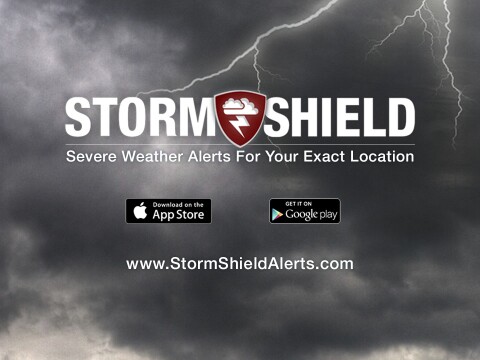CLEVELAND — This weekend, Northeast Ohio is set to get pummeled by harsh winds, freezing temps and blowing snow, bringing blizzard-like conditions to our area. But what actually is a blizzard?
According to the National Weather Service, a blizzard is a snow storm with sustained or gusting winds greater than 35 mph that hampers visibility to less than a quarter of a mile. Additionally, in order to qualify as a blizzard, the storm must last three hours or more.
The University Corporation for Atmosphere Research says that some blizzards, called ground blizzards, don't have any actual falling snow—high winds just whip up and blow around snow that has already accumulated on the ground, creating large drifts.
Blizzards need three things to form, according to the UCAR:
1. Cold air (below freezing) is needed to make snow.
For snow to fall to the ground, the temperature must be cold both up in the clouds where snowflakes form and down at ground level. If the air near ground level is too warm, the snow will melt on its way down, changing to rain or freezing rain.
2. Moisture is needed to form clouds and precipitation.
Moisture in the air is called water vapor. Air blowing across a body of water, such as a large lake or the ocean, is an excellent source of water vapor. As wind moves air over the water, some water evaporates from the surface, putting vapor into the air. This is how lake effect snowstorms and nor’easters pick up so much moisture. However, cold air is not able to hold much water vapor. In fact, very cold air does not make very much snow.
3. Moist air needs to rise over very cold air, making clouds and snow.
There are two ways that moist air might rise over cold air. Winds pull cold air toward the equator from the poles and bring warmer, moist air toward the poles from the equator. When warm air and cold air are brought together, a front is formed and snow can form. Warm air can also rise to form clouds and blizzard snows as it flows up a mountainside.
What threats does a blizzard bring with it?
Travel is especially hazardous in a blizzard due to the conditions it creates. Motorists may encounter whiteout conditions, where it appears the ground and sky are both white. Being outside could lead to hypothermia or frostbite and lingering cold after a storm is over is often still dangerous.
According to the NWS, "heavy snow can immobilize a region and paralyze a city, stranding commuters, closing airports, stopping the flow of supplies, and disrupting emergency and medical services. The weight of snow can cause roofs to collapse and knock down trees and power lines. Homes and farms may be isolated for days and unprotected livestock may be lost."
What to expect for the upcoming snow storm this weekend:
Winter Storm Watches were issued for most Northeast Ohio counties Wednesday morning and will be in effect from late Thursday night through Sunday morning, Christmas Day. Blizzard-like conditions are expected.
The watches were issued for the following counties: Ashland, Ashtabula, Cuyahoga, Erie, Geauga, Holmes, Huron, Lake, Lorain, Medina, Richland, Stark, Summit and Wayne.
Damaging winds of 40 to 60 mph occurring from Friday through Saturday afternoon could cause downed trees and power outages.
Dangerous wind chills Friday through Sunday could be between -15 and -30 degrees. With temps that low, frostbite is a threat and may set in within 30 minutes.
A prolonged hard freeze could cause burst water pipes. A flash freeze Friday morning is possible. Rain from Thursday night will rapidly freeze as arctic air drops temperatures across the area more than 30 degrees in a few hours.
RELATED: Winter Storm Watches issued across Northeast Ohio ahead of high-impact winter storm
Blizzards in Ohio
One of the strongest storms in recent history to hit the Cleveland area happened on Jan. 26, 1978. On that day, the entire Midwest was hit by a blizzard that ultimately resulted in the deaths of 51 people.
Snow drifts were so large, they blanketed cars and houses. The weather was so bad that for the first time ever, authorities had to shut down the Ohio Turnpike.
RELATED: Looking back at the 1978 blizzard that pummeled Ohio leaving 51 people dead
You can watch footage of the 1978 blizzard captured by News 5 photojournalists in the player below:
Download the News 5 Cleveland app now for more stories from us, plus alerts on major news, the latest weather forecast, traffic information and much more. Download now on your Apple device here, and your Android device here.
You can also catch News 5 Cleveland on Roku, Apple TV, Amazon Fire TV, YouTube TV, DIRECTV NOW, Hulu Live and more. We're also on Amazon Alexa devices. Learn more about our streaming options here.




